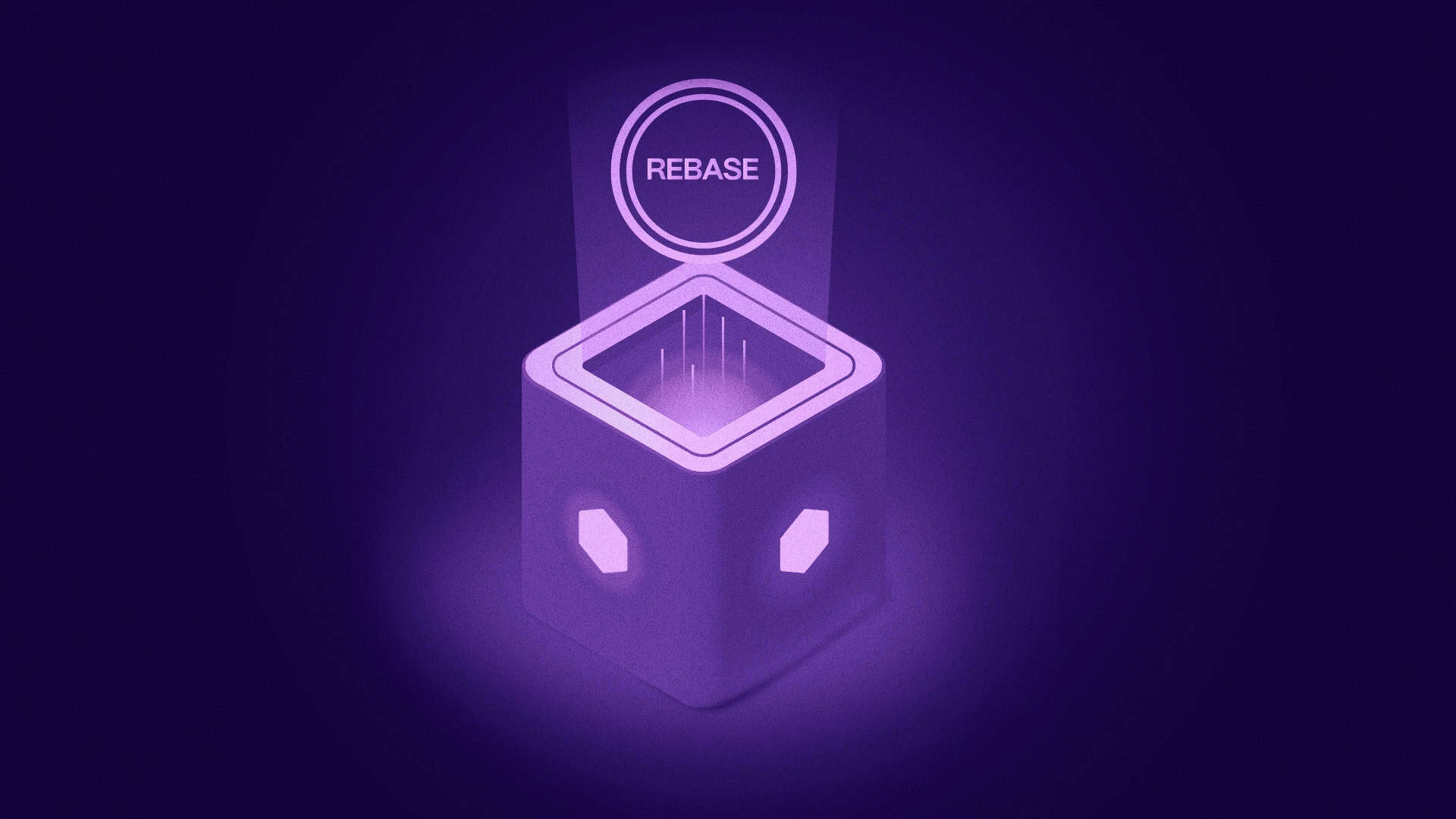Innovation in crypto isn’t just about creating new coins—it’s also about reimagining how tokens function.
Rebase tokens are a unique class of cryptocurrencies designed with an elastic supply mechanism, meaning the number of tokens in your wallet can automatically increase or decrease based on market conditions.
Instead of relying purely on price movement, rebase tokens adjust supply to maintain a target price or peg.
Introducing Rebase Tokens
Rebase tokens are cryptocurrencies with an elastic supply, meaning the number of tokens in circulation—and even in your wallet—can automatically adjust based on market conditions or price targets.
For example, if the token’s price rises above a target (like $1), the network automatically increases the supply, distributing more tokens to holders. If the price falls below the target, it reduces the supply by shrinking token balances. This mechanism is typically controlled by smart contracts and happens without users needing to trade or move assets. Rebase tokens aim to create price stability in a highly volatile market, though they often remain experimental and risky.
How the Elastic Supply Works
The magic of rebase tokens lies in how they automatically adjust supply to maintain a target price. Through a process called a rebase, the number of tokens in each user’s wallet increases or decreases depending on whether the token’s market price is above or below its target (often $1).
Think of it like a balloon:
- If the temperature (market conditions) rises and the balloon gets too small (price too high), it inflates by adding more air (tokens).
- If it gets too cold and the balloon shrinks too much (price too low), it deflates, removing air (reducing tokens) to stay balanced.
During a positive rebase, everyone’s wallet balance grows because the supply expands. In a negative rebase, everyone’s balance shrinks as supply contracts. However, your proportion of the total supply stays the same, meaning your “share” of the network doesn’t change—only the number of units you hold does.This mechanism is designed to keep the token’s value relatively stable without traditional collateral or market-making efforts.
Why Rebase Tokens Exist
Rebase tokens were created to explore new ways of managing value in crypto. Their primary goal is to maintain a stable price—typically pegged to a target like $1—without relying on traditional fiat backing or collateralized reserves like stablecoins do. Instead, they use an elastic supply model that adjusts automatically based on market conditions.
Beyond price stability, rebase tokens are also a bold experiment in programmable monetary policy. Instead of fixed rules like Bitcoin’s hard cap of 21 million coins, rebase projects allow supply to expand and contract dynamically, mimicking real-world economic adjustments but with blockchain transparency and automation.
They also challenge the idea that fixed supply equals value, pushing the boundaries of how supply mechanics can influence price behavior and investor psychology. One of the earliest and most notable rebase projects is Ampleforth (AMPL), which pioneered the idea of a token that “moves like a stablecoin but trades like a commodity”.
Rebase Tokens vs. Other Cryptos
Rebase tokens are very different from most other types of cryptocurrencies in how they manage supply and value.
- Fixed Supply Tokens (like Bitcoin):
Bitcoin has a fixed supply of 21 million coins. No matter how high or low the price goes, the number of bitcoins will never change. In contrast, rebase tokens automatically expand or contract their supply to help stabilize price, without changing the user’s ownership share. - Utility Tokens (like Fan Tokens on Chiliz):
Utility tokens are designed to grant access to services or experiences. For example, Fan Tokens on Chiliz let supporters vote on club decisions or unlock VIP rewards. Their value depends on demand for the utility offered, not supply adjustments like with rebase tokens. - Stablecoins (like USDT or USDC):
Stablecoins aim to maintain a stable value (usually $1) but without altering supply in users’ wallets. They are backed by reserves like cash or government bonds. Rebase tokens, by contrast, change supply to stabilize price—without relying on external backing.
In summary:
- Bitcoin = fixed supply, price moves freely.
- Fan Tokens = access to experiences, no supply adjustments.
- Stablecoins = stable price through collateral, fixed user balances.
- Rebase Tokens = price targeting through elastic supply.
Each model reflects a different philosophy about value and scarcity in crypto.
Risks, Challenges & Community Reactions
While rebase tokens offer an innovative approach to price stability, they come with significant challenges. One major issue is extreme volatility—even though supply adjusts, market sentiment can still cause wide price swings, making them risky for casual investors.
Another common challenge is user confusion. Many holders are surprised to see their wallet balances changing without making any transactions, leading to misunderstandings about how value is preserved through proportional ownership rather than fixed quantities.
As a result, rebase tokens have remained a niche product within crypto. Adoption has been limited compared to more straightforward assets like Bitcoin or stablecoins. While some early communities appreciate the experimental nature of rebase mechanics, others view them as too complicated or impractical for mainstream use.
Overall, rebase tokens highlight both the creativity and complexity of programmable money, offering important lessons for the future design of crypto ecosystems.
Why It’s Useful to Know
Understanding different token models, like rebase tokens, helps users navigate the crypto space more confidently and make smarter decisions. Each type of token—whether it’s a rebase token, a stablecoin, a utility token, or a fixed-supply asset—serves different purposes and behaves differently under market conditions.
It’s also important to clarify that Fan Tokens, like those issued on Chiliz, are not rebase tokens. Fan Tokens grant access to experiences and voting rights, without any automatic supply adjustments.
Recognizing these distinctions reinforces just how diverse the Web3 token landscape really is—and why being informed is key to participating wisely in the evolving world of crypto.








